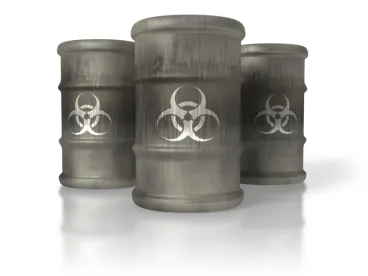On December 29, 2016, the U.S. Environmental Protection Agency (EPA) issued a notice regarding the availability of final test guidelines, OCSPP Series 850 Group A -- Ecological Effects, part of a series of test guidelines established by the Office of Chemical Safety and Pollution Prevention (OCSPP) for use in testing pesticides and chemical substances to develop data for submission to EPA under the Federal Food, Drug and Cosmetic Act (FFDCA), the Federal Insecticide, Fungicide and Rodenticide Act (FIFRA), and the Toxic Substances Control Act (TSCA). The notice states that these test guidelines “serve as a compendium of accepted scientific methodologies and protocols that are intended to provide data to inform regulatory decisions,” and they “provide guidance for conducting the test, and are also used by EPA, the public, and companies that submit data to EPA.” The test guidelines will be accessible through EPA Docket ID Numbers EPA-HQ-OPPT-2009-0150 through EPAHQ-OPPT-2009-0159, and EPA-HQ-OPPT-2009-0576 on www.regulations.gov.
The changes to test guidelines are varied. Some of the changes include:
-
Simple cosmetic changes, e.g., presentation of test conditions, test validity criteria, and equations for calculating response measurements;
-
Housekeeping changes, e.g., the addition of final versions of draft guidelines that had not been prepared in final yet;
-
The addition of a limit test option to several acute invertebrate toxicity tests;
-
Changes from “cut off” dosages in existing guidelines to limit concentrations and a change in the limit concentration for industrial chemicals from “1,000 milligrams/liter (mg/L)” to “100 mg/L” for acute toxicity tests and “10 mg/L” for chronic tests; and
-
Changes to terminology, e.g., to clarify 10-day versus acute exposures for sediment-dwelling invertebrate toxicity tests and saltwater versus marine conditions.
The final test guidelines may be of unique interest to TSCA stakeholders. The addition of a limit test option aligns well with the new TSCA mandate to reduce vertebrate testing. This change facilitates test plan design, including tiered approaches for initial testing for premanufacture notices (PMN). EPA notes that certain guidelines were not issued in final, but remain available for reference as draft guidelines. In that certain ecological effects guidelines relate to guidelines already developed for the Endocrine Disruptor Screening Program (EDSP), EPA notes that it will consider test design elements from the relevant EDSP guidelines in the development of OSCPP 850 series guidelines.




 />i
/>i

